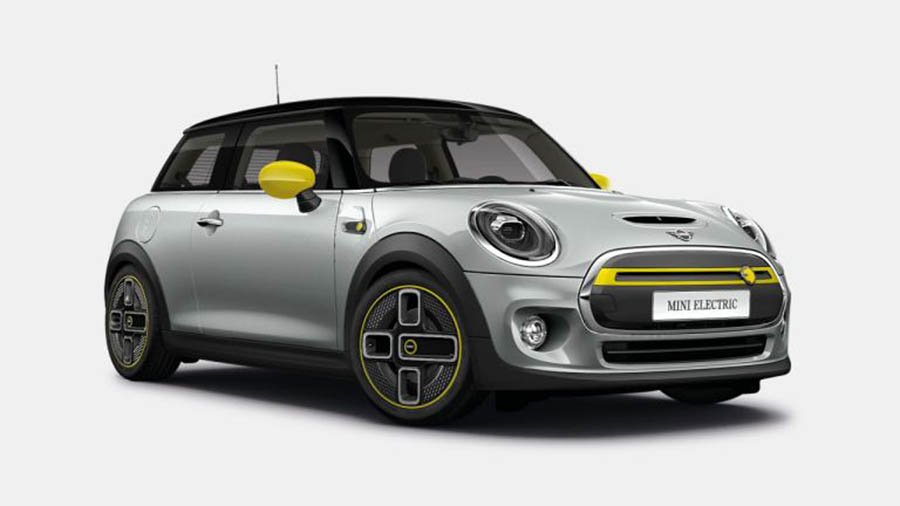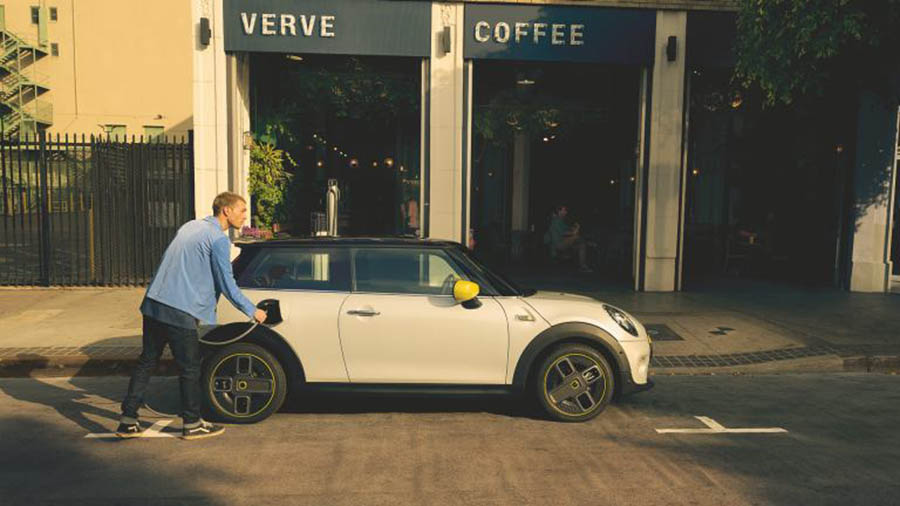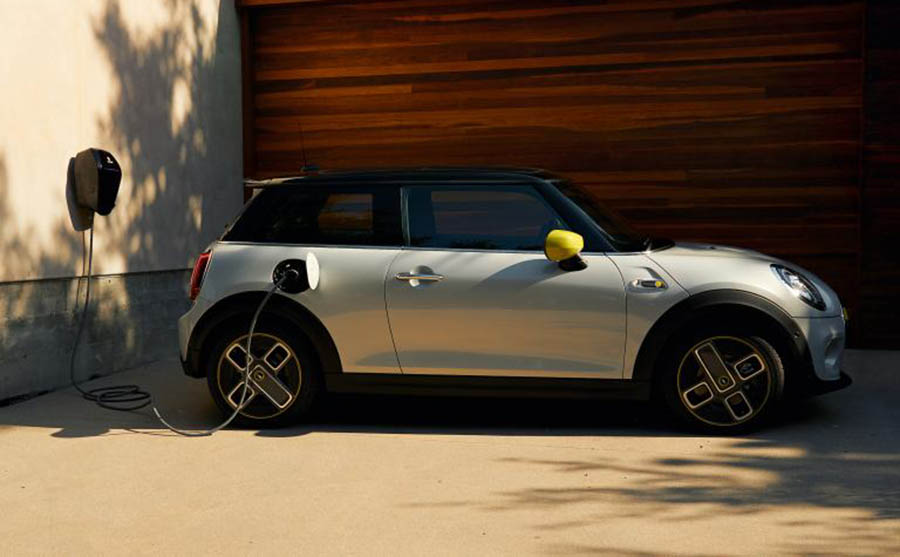The BMW Group has a new policy on electric cars. We should safely forget about the unique carbon cars in the i3 style, the electric drive should not be something extra, but simply an alternative to internal combustion engines or hybrids in the same or similar body. It is trying on us for the first time in the city retro car Mini.

It was 2008 and the Mini showed its first electric car at the Los Angeles Auto Show. The electric Mini was then, just like today, a rebuilt conventional city retro hatchback, it had a 150 kW engine and a 35 kWh flashlight with an estimated range of about 250 kilometers.
However, it did not make it to mass production at the time, it got on the road as part of a pilot test program, which subsequently led to the carbon futuristic BMW i3. In 2020, however, the Mini will be in the drawer again, this time not as a frontman for the city’s i3, but rather as its successor. BMW Group electric cars should no longer differ from conventional production.
The strange thing is that after those twelve years, the parameters of the electric Mini have not changed in any way, while the technology follows the carbon i3 with rear-wheel drive. In the case of the city’s retro squirrel, the electric motor has 135 kW (ten more than in the i3, just like in the i3s), but it drives the front wheels. Due to the performance corresponding to the petrol version of the Cooper S, it is called Cooper SE.

The car manufacturer also left the typical dense deceleration of recuperation when the accelerator pedal is released. As with the i3, the Mini can be driven around the city without the use of mechanical brakes and make full use of recuperation, ie the recovery of electricity, so that not even a picowatt hour is wasted.
Which can be useful because the battery has a lower capacity than the i3 and twelve-year-old predecessors. It can hold a total of 32.6 kWh, of which 28.9 are usable. Experts in electric cars are smart, the Mini has a smaller battery than the electric Citigo (36.8 kWh) or Renault Zoe (52 kWh). However, a larger battery capacity also means a higher weight, thanks to a smaller battery, the electric version weighs only 150 kg more than a Cooper S petrol with an automatic, approx. 1350 kg.
Relatively low weight per electric car means lower consumption. Thanks to its battery sobriety, the Mini normally runs at 16 kWh / 100 km, on a mixture of motorways, districts and cities. The result is a usable range of about 180 kilometers on a single charge. If you stay in the city, Cooper can easily handle 200. For the second car in the family, it was absolutely sufficient and the Mini never had much ambition to become the only car in the household.
Nevertheless, it will not be completely lost on longer journeys. The car does not lack fast charging, it can use up to 50kWh station. The manufacturer promises that the batteries will be charged from zero to 80 percent in 35 minutes, and given that the battery has liquid cooling, it will be more reliable for these times than with the passively cooled Škoda Citigo electric battery.
We must also appreciate the 11kW on-board charger for alternating current, on a slow public charger, a suitable wallbox or with a three-phase charging cable on the socket with 16A protection, you can charge the car in 3.5 hours. Thanks to the relatively low consumption, however, you can replenish energy on everyday 50-80 kilometers overnight even on a standard 230V socket. No need for a wallbox.

There is nothing to stop everyday use of the Mini, the range is sufficient for most users, despite the smaller battery, charging fast enough to handle one coffee at a fast charger and one longer purchase at a slower AC station. It’s a decent electric car.
In his case, the longer purchase is rather limited to only the 211-liter suitcase, which is, however, as large as the Mini petrol. Neither is simply moving. As well as traveling in more than two – a pair of hard-to-reach rear seats is best suited for children.

But the driver will have a different opinion than the twisted passenger in the back. The Electric Mini should not only look like a petrol, but also work. The steering, which is strongly influenced by the torque of the electric motor, is, as well as the suspension, stiffer, and in corners, the electric mini-car is in its element: fast, playful and legible.
Compared to the petrol version, it also tilts less, and despite the slightly higher ground clearance, the installation of the batteries sent the center of gravity three centimeters closer to the ground. The brakes will also come to the fore in the districts, because deceleration by means of recuperation when driving at full speed is not enough.

Nevertheless, something is missing from the fun as in the classic Mini. First of all, the sound has disappeared, the Mini only emits it while driving slowly around the city, so that pedestrians can be informed about its presence. Secondly, there are no transfers. When overtaking, the car accelerates, accelerates and then suddenly begins to lose momentum. With a conventional car you would shift up a step higher, with a Mini there is nowhere to go.
Whether BMW is trying to disguise the differences between the electric and the conventional Mini as best it can, they are here. It’s hard to say if the quiet Oxford express is better than the one farting from the exhaust, and at high pace you can work it out with careful work with three pedals and a gear lever. Both have something in them.









